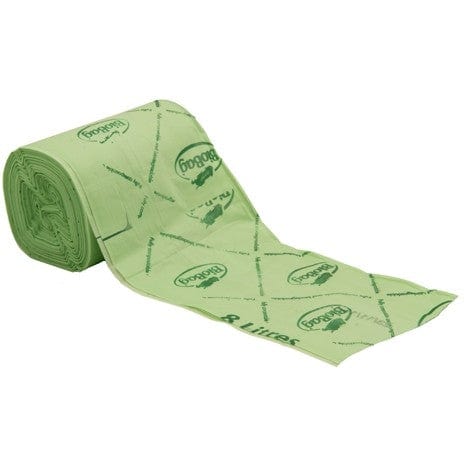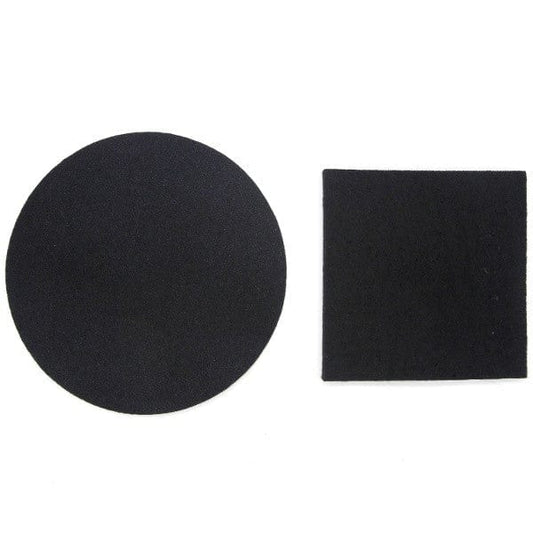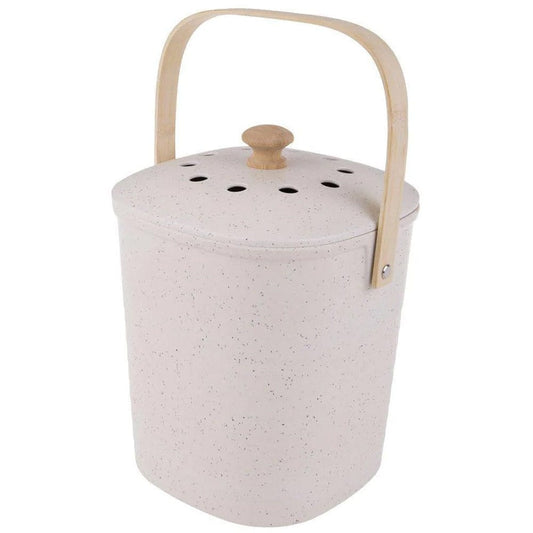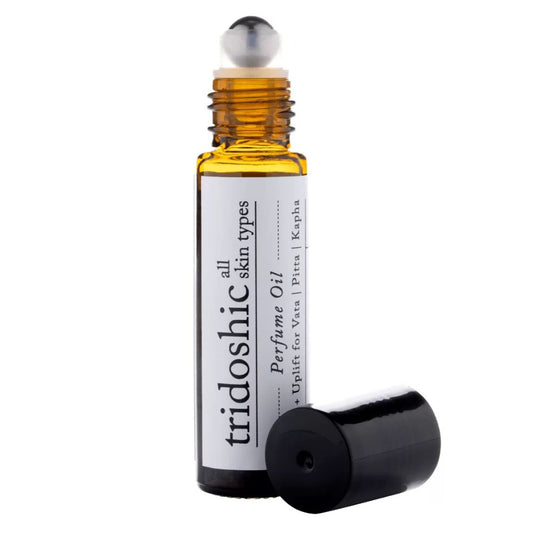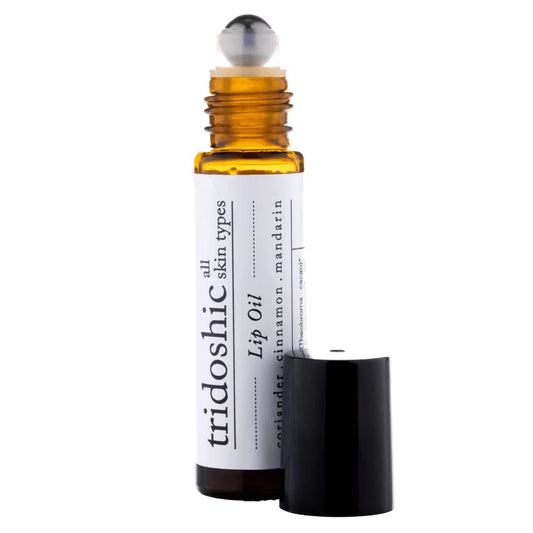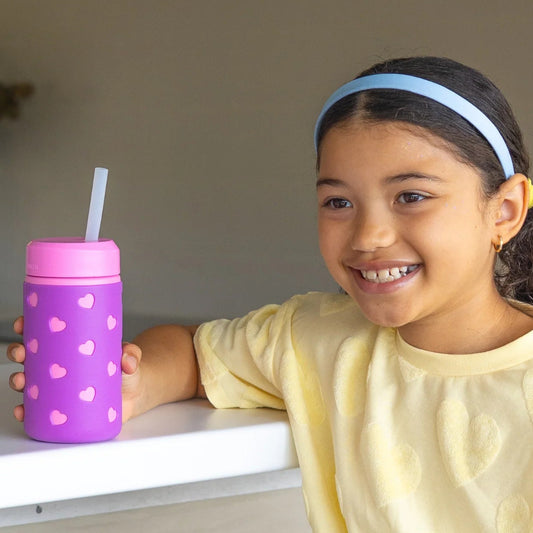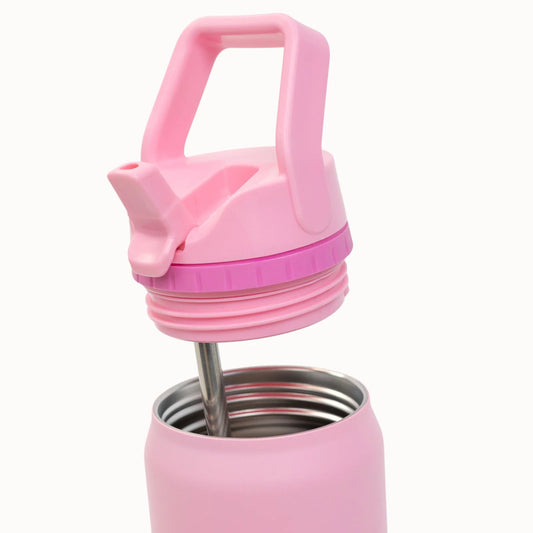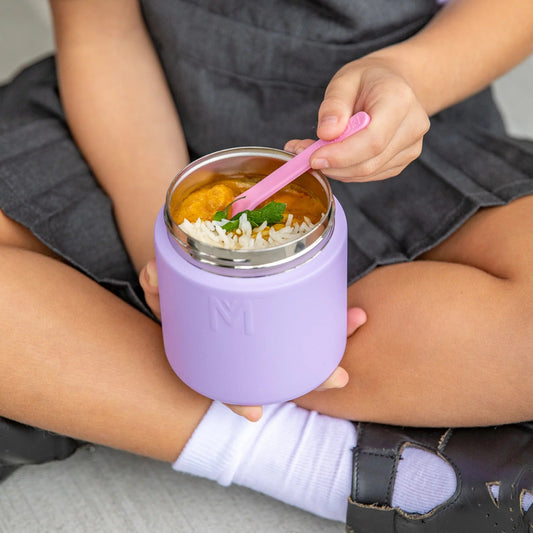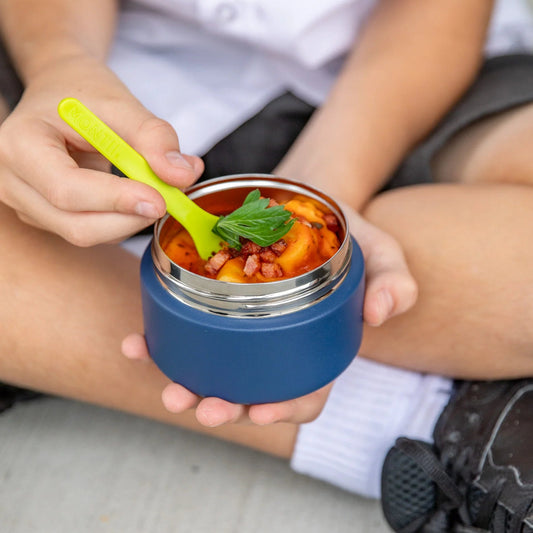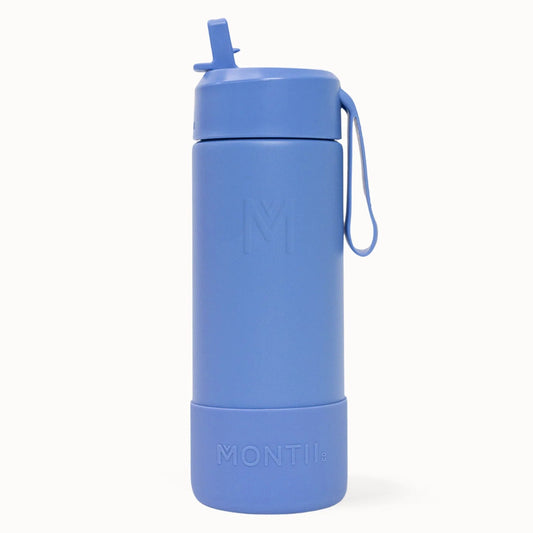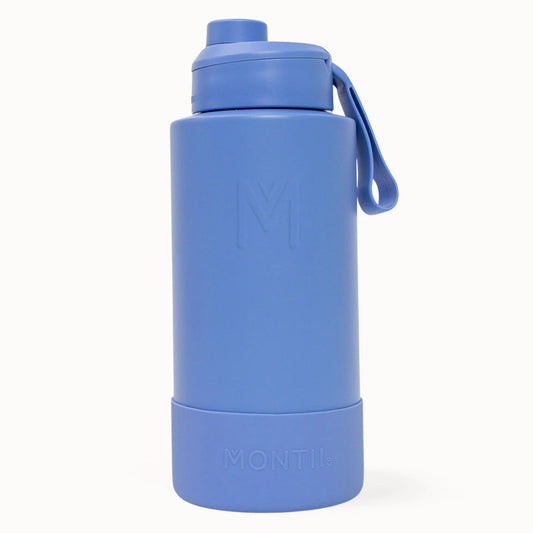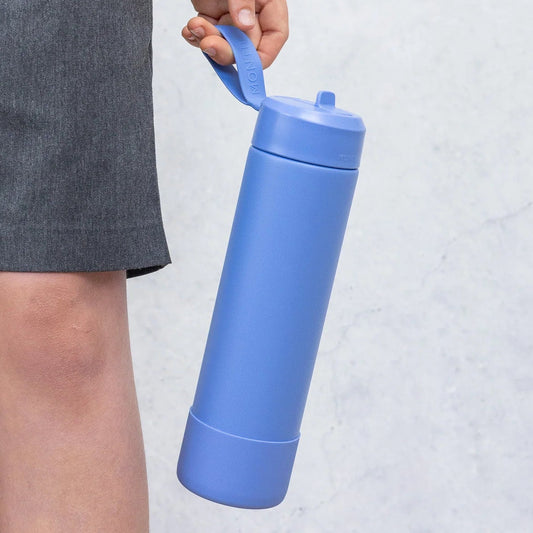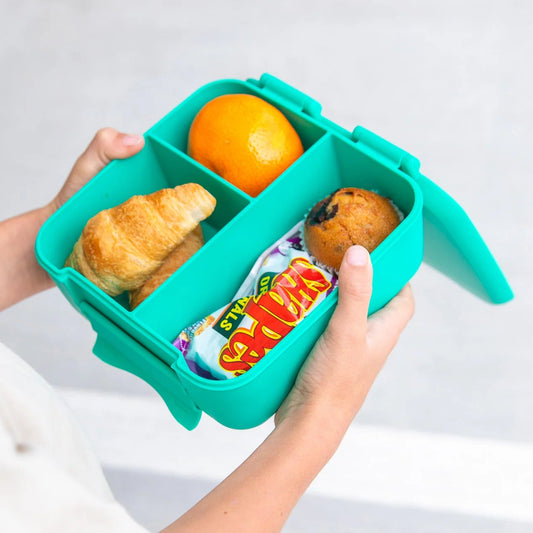
Are you looking to reduce your household waste and do your part for the environment? One easy way to do this is by using a kitchen caddy. If you're not familiar with this handy device, keep reading to learn everything you need to know about kitchen caddies, including how they work, and why they're a helpful tool for reducing food waste.
What is a Kitchen Caddy?
A kitchen caddy is a container designed for collecting food scraps and organic waste in the kitchen. These caddies typically:
- are small enough to fit on your countertop or under the sink
- have a lid and even a replaceable carbon filter to help control odours and prevent fruit flies and pests from getting inside
- have air ventilation holes. When food scraps are trapped in an airtight container, the turn into putrid sloppiness more quickly! That is because decomposing matter gives off gases and moisture and when it can not escape it accelerates the process.
BEST SELLER Bokashi's Bench Top Compost Bin available here >
Using a kitchen caddy is a great way to keep food waste out of your regular rubbish bins and landfills. Instead, you can use the collected organic waste to create compost, which can be used to fertilise your garden or potted plants.
Kitchen Caddy Bin Liners
If you're using a kitchen caddy bin, you may also want to use compostable bin liners to keep the waste contained and the caddy a little cleaner. These liners are designed to break down along with your organic waste, making them an eco-friendly option. Because they are made from corn starch and not petrochemicals, they also breathe, allowing the gases to escape.
This 8 litre size Biobag is generally the size compatible with most small caddies or bins. Some Council FOGO schemes require food scraps to be bagged in these compostable bags.
Full Circle Fresh Air Kitchen Compost Collector available here >
How Do Kitchen Caddies Work?
Using a kitchen caddy is simple. First, place the caddy on your bench or under your sink. Then, add your food scraps and other organic waste to the caddy as you generate them. Be sure to avoid adding any non-compostable items, such as plastic or metal, as these can contaminate your compost.
Once your caddy is full, transfer the contents to your compost bin or pile. If you're using a compostable caddy bag, you can also add the entire bag along with its contents into your compost.
Does a Kitchen Compost Caddy Need Air Holes?
While some kitchen counter top caddies come with built-in filters or ventilation systems, others do not. So, do you need air holes in your kitchen compost caddy? The answer is yes and no.
On the one hand, air holes can help promote airflow and prevent moisture from building up inside the caddy. This can help control odours and prevent the growth of bacteria and mould. On the other hand, air holes can also allow fruit flies and other pests to get inside the caddy, which can be a nuisance.
Some bins have the ventilation in the lid, but include a replaceable carbon filter in the lid so the air can still pass through, but not the smells and the fruit flies!
For caddies with holes in the sides, if you're concerned about fruit flies, you can place a compostable Biobag inside the kitchen caddy, or add a layer of newspaper or paper towel to the bottom of the caddy to absorb any excess moisture.
How to Keep Fruit Flies Out of Your Kitchen Compost Bin
One of the downsides of using a kitchen compost bin is the potential for fruit flies to take up residence. These pesky insects are attracted to the smell of decaying food and can quickly become a nuisance.
Fortunately, there are several things you can do to keep fruit flies out of your kitchen compost bin. First, make sure your bin has a tight-fitting lid. You can also try adding a layer of newspaper or paper towel to the bottom of the bin to absorb excess moisture.
Another option is to use a natural fruit fly trap. To make a trap, simply fill a small jar or bowl with apple cider vinegar and a drop of dish soap. The vinegar will attract the fruit flies, while the dish soap will help to trap them.
Appetito 4.5L Compost Bin available here >
Compost Caddy vs Food Scrap Bin
When it comes to kitchen caddies, you might hear them referred to as either compost caddies or food scrap bins. While these terms are often used interchangeably, there is a slight difference between the two.
Compost caddies are designed to collect food scraps and other organic waste specifically for the purpose of creating compost.
Some models come with built-in filters that help control odours and keep fruit flies and other pests at bay, like the Appetito range.
Kitchen compost caddies are usually made from stainless steel or plastic, however some are made from materials that can break down over time, like bamboo cellulose derived plastic.
Appetito Compost Bin 3.8L available here >
Food scrap bins, on the other hand, are designed to collect food waste that can't be composted, such as meat, dairy, and bones and is destined for emptying into your regular rubbish bin.
About Council Compost Rebate Programs in Australia
Many local councils in Australia offer a compost bin and worm farm rebate to residents as part of their waste reduction programs. These programs are designed to encourage households to reduce their food waste and divert organic waste from landfills.
Contact your local council to see if they offer a compost rebate program in your area. Please note that is most cases, a kitchen caddy, as it is not a compost system itself, is not eligible for the rebate.
We have more information about Council rebates
Final Thoughts
In conclusion, a kitchen caddy is a simple but effective tool for reducing food waste and promoting sustainability. Whether you're using a compostable caddy or a larger bin, these devices can help divert organic waste from landfills and create nutrient-rich compost for your garden or potted plants.
By incorporating a kitchen caddy into your household routine, you can reduce your environmental impact and do your part to create a more sustainable future.
Shop all our kitchen caddy and compost bins here >
RELATED READING
What are the best bin bags for the environment?
All Your Frequently Asked Questions about Bokashi Answered
How to Live Without Plastic Bin Liners
How to Safely Compost Your Dog Waste at Home
All About Apartment Composting







